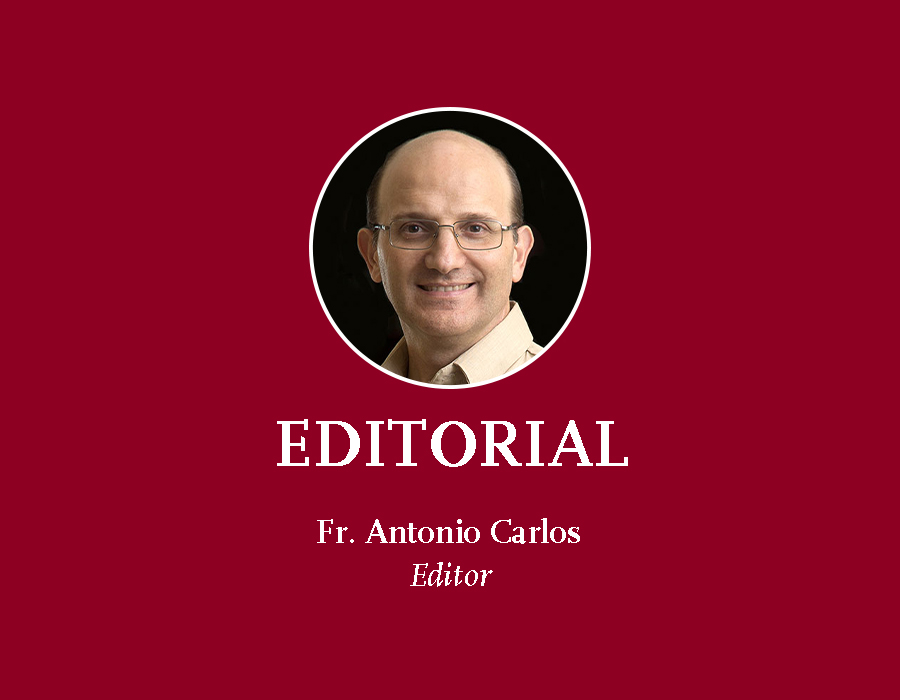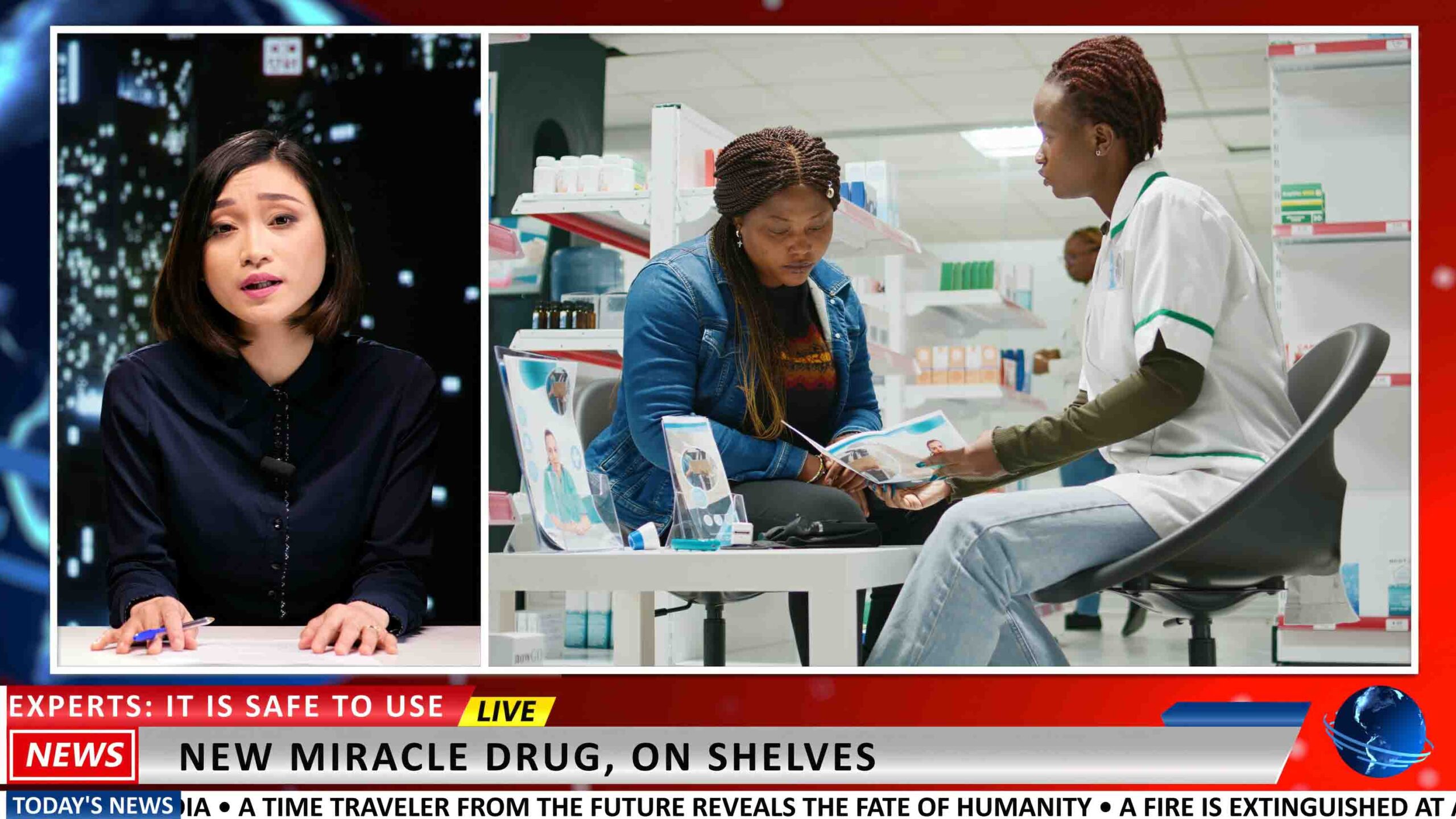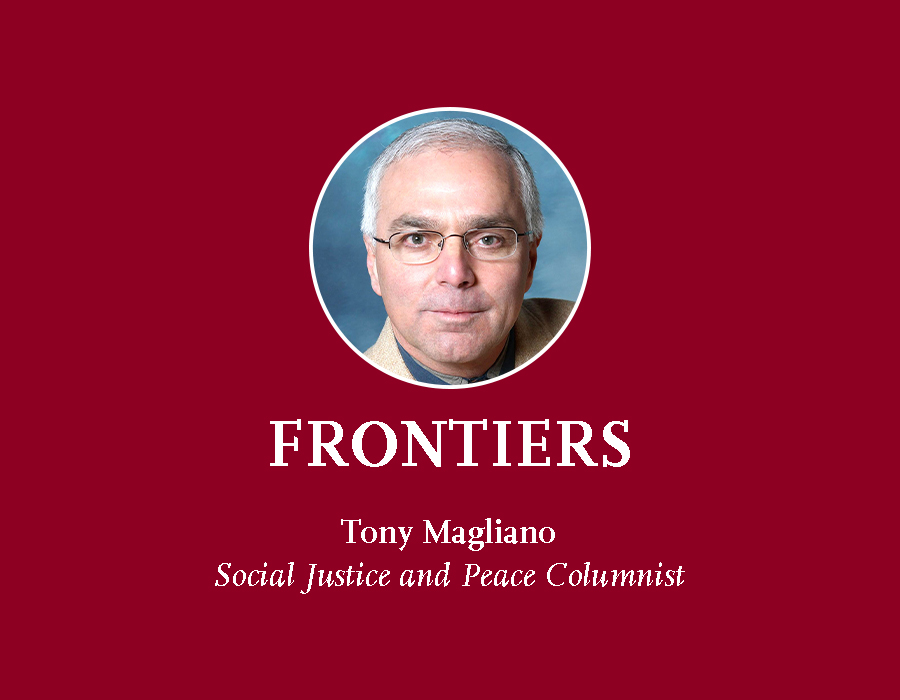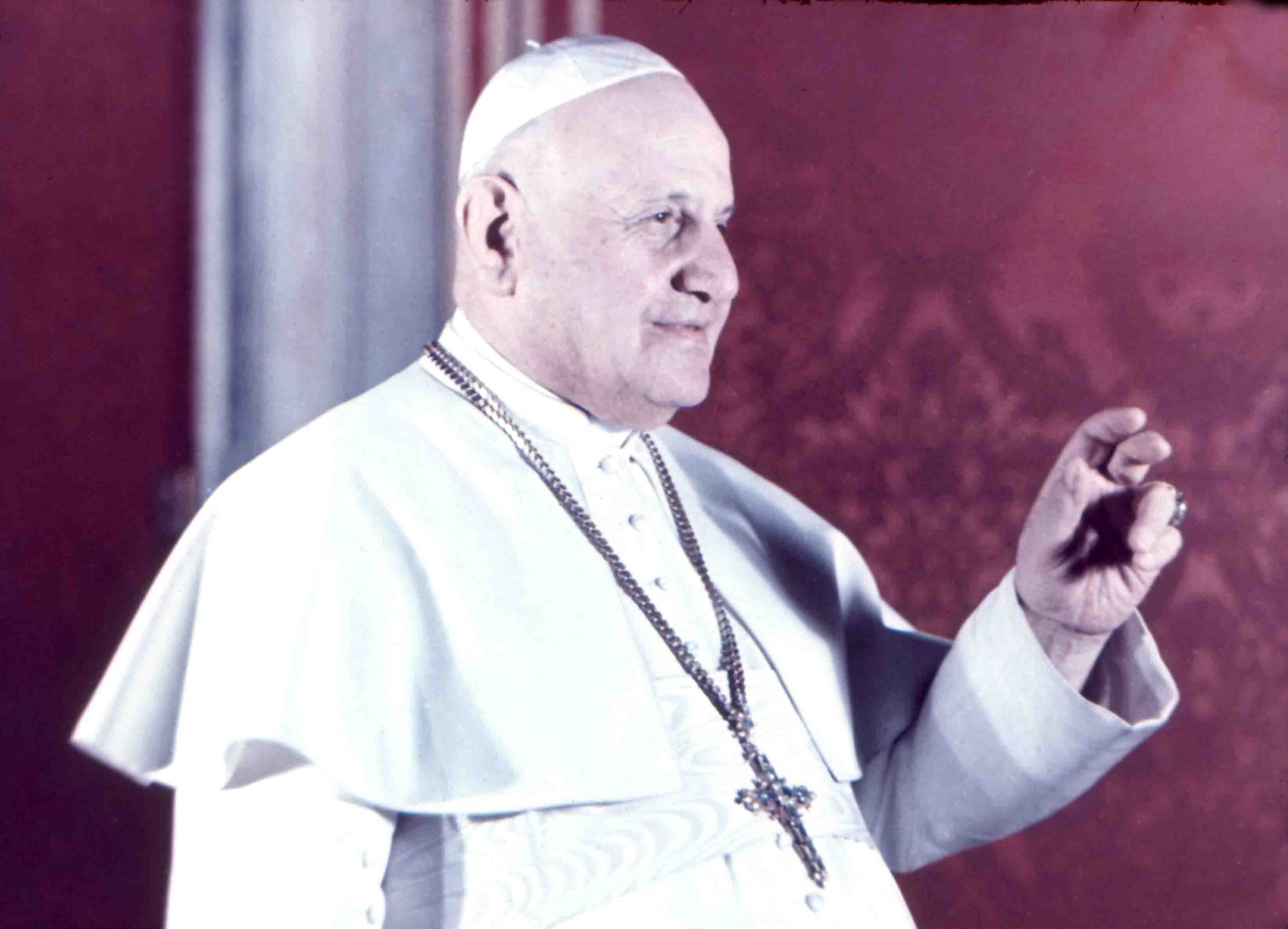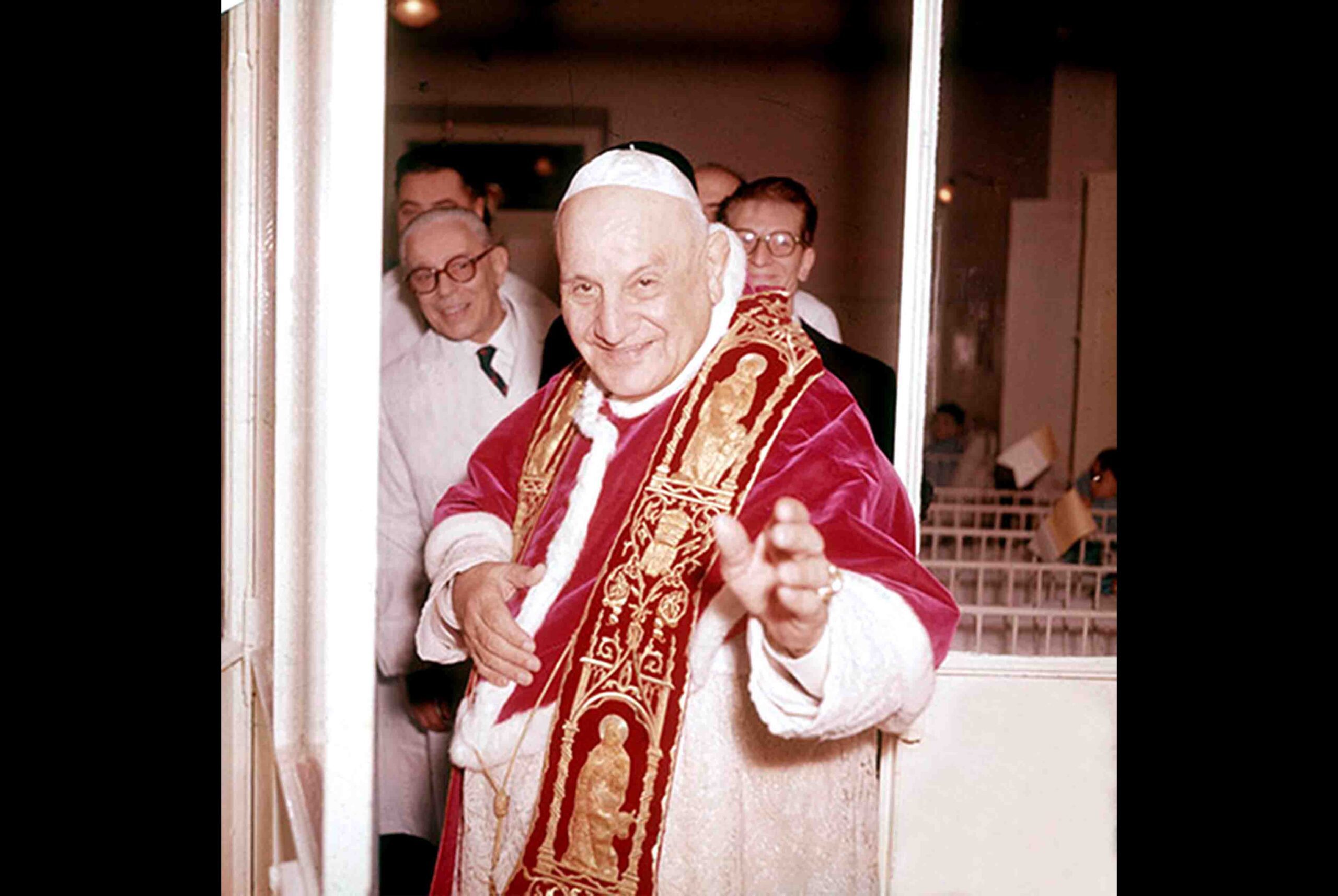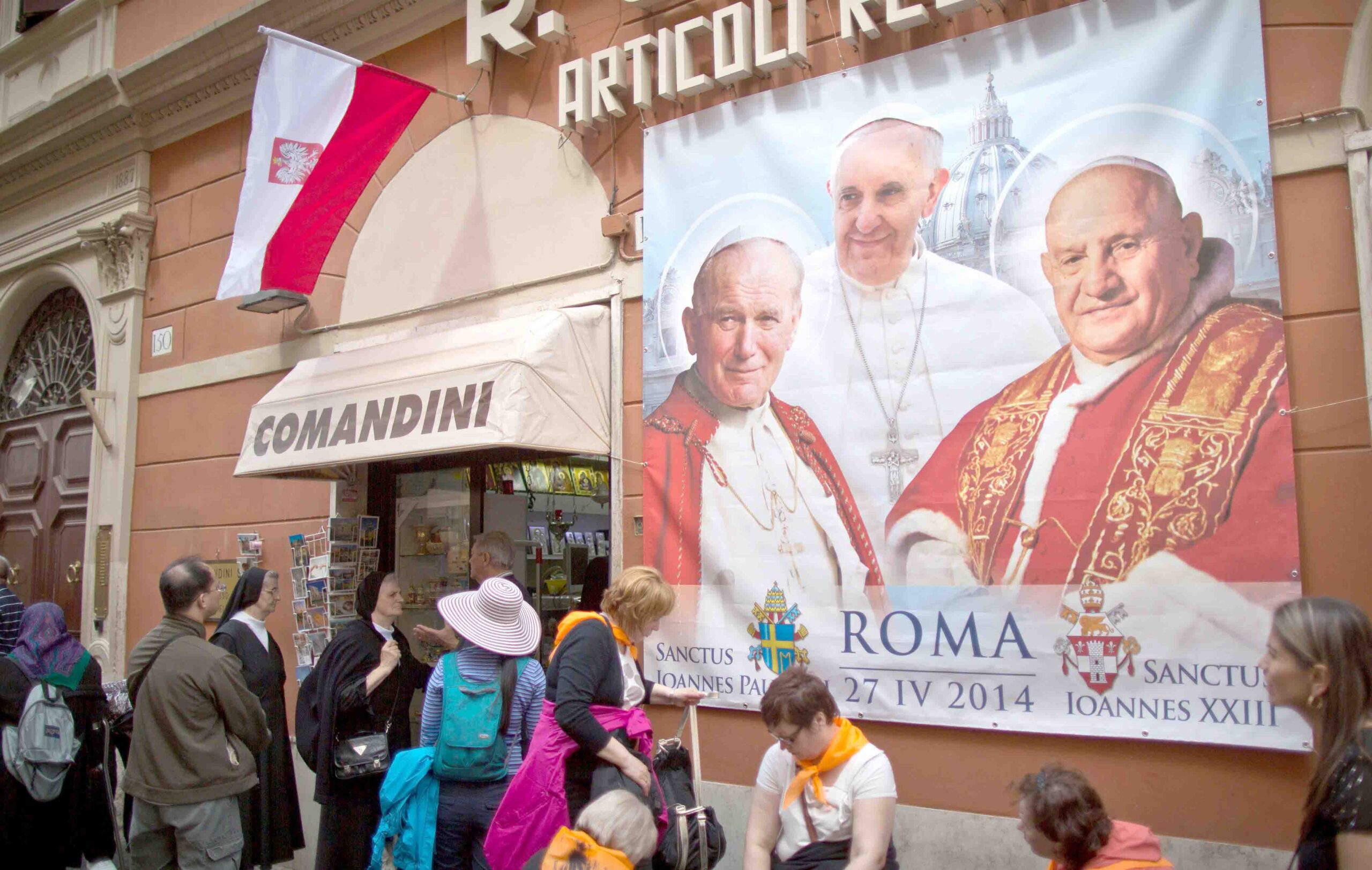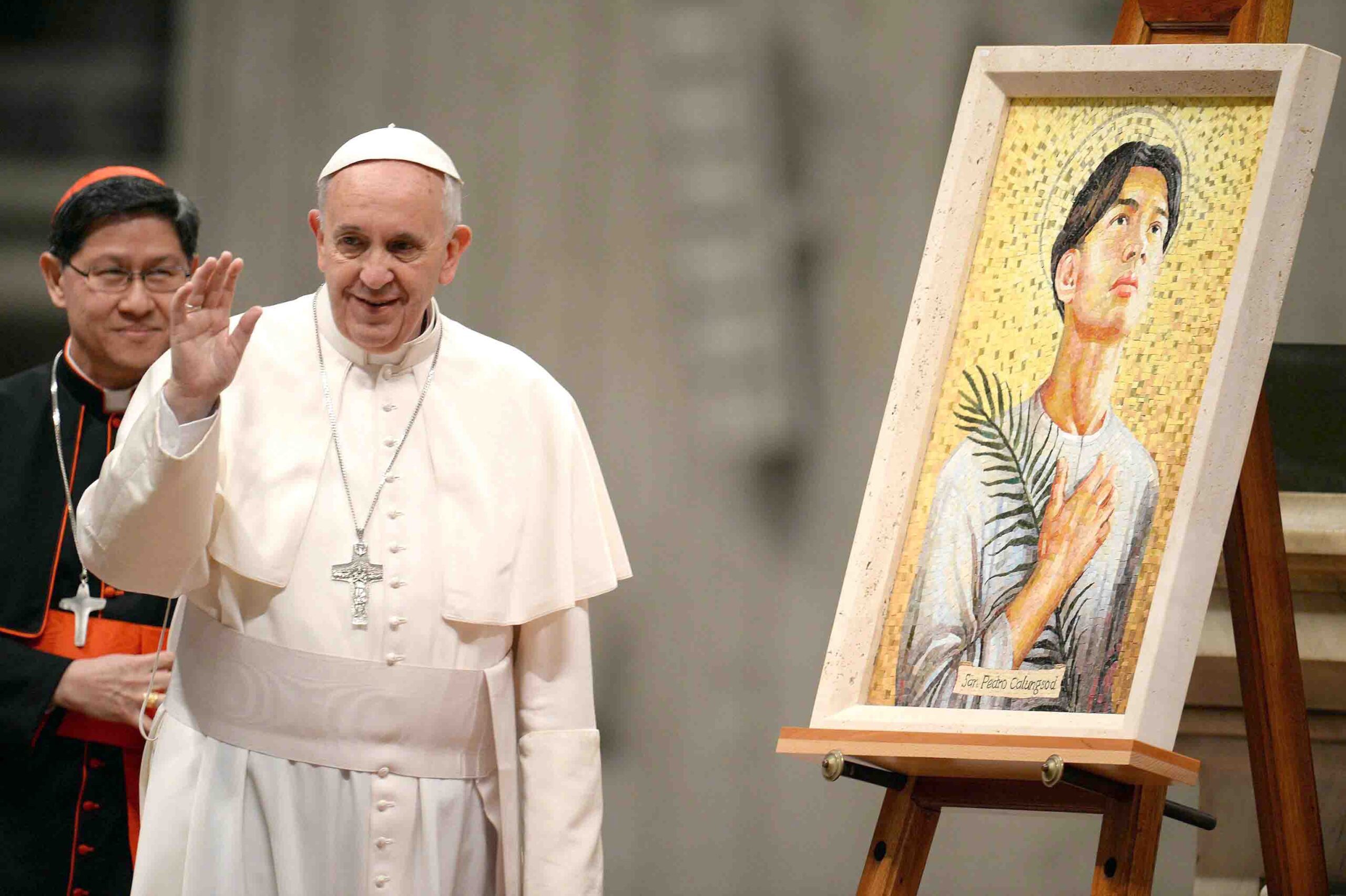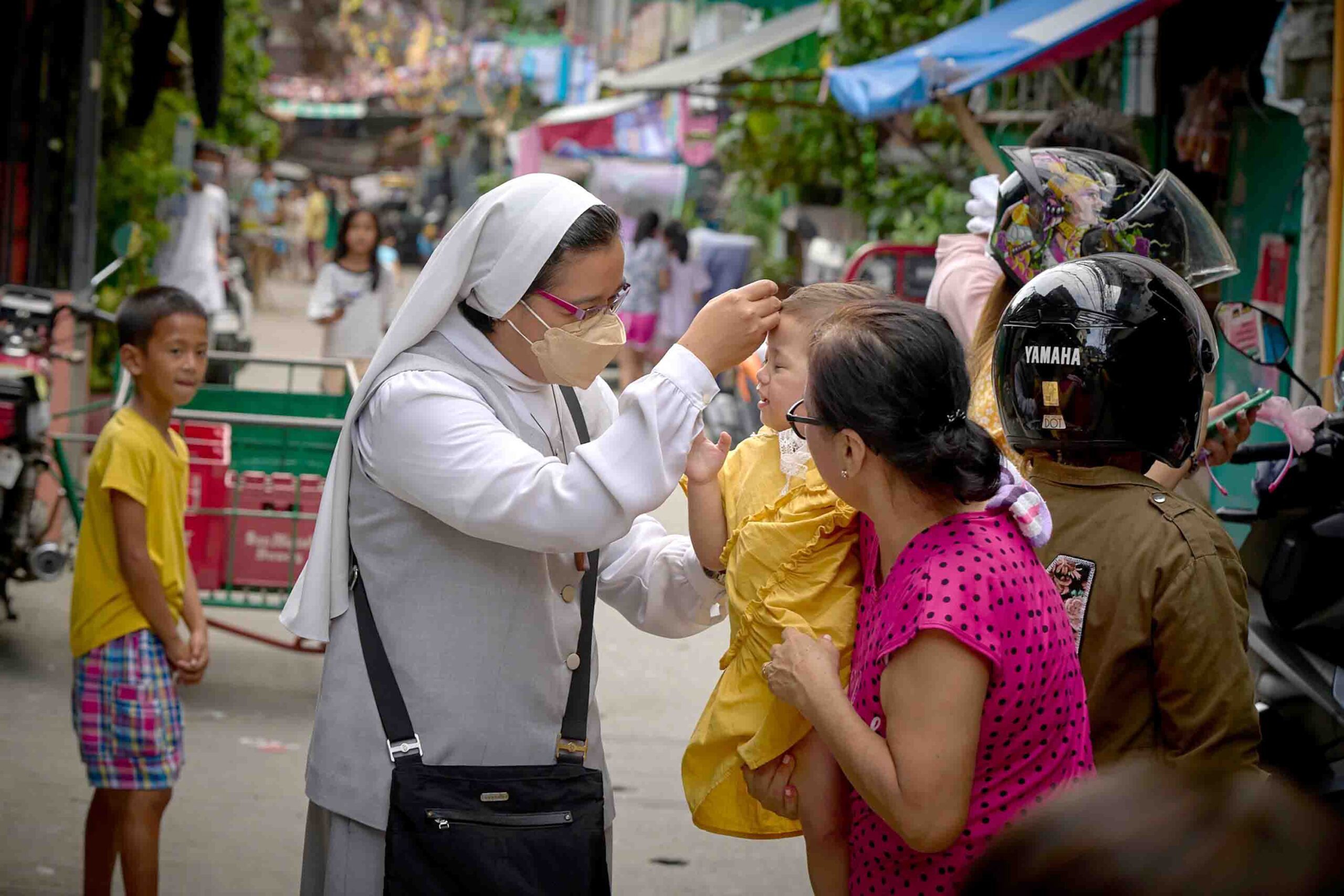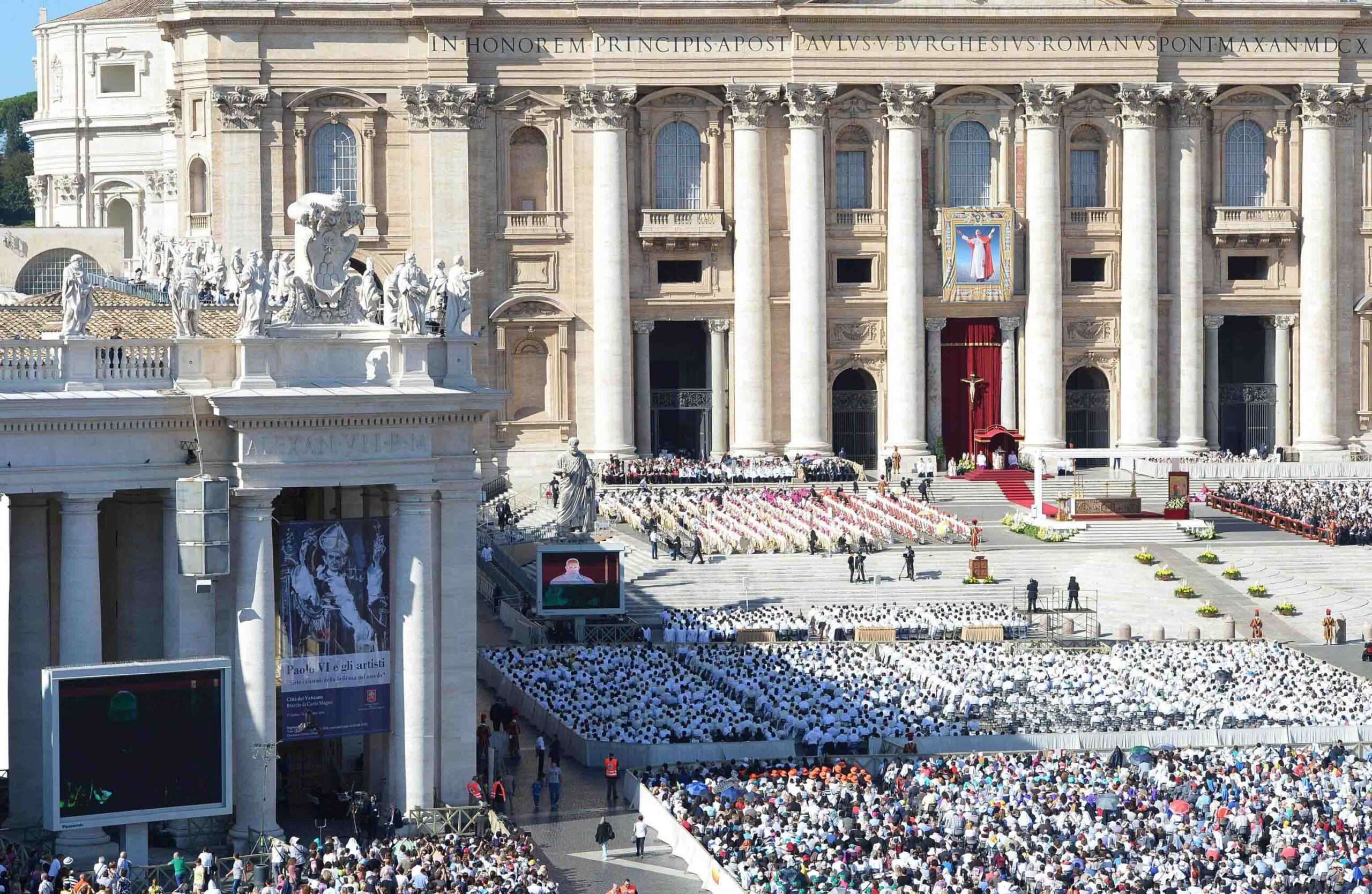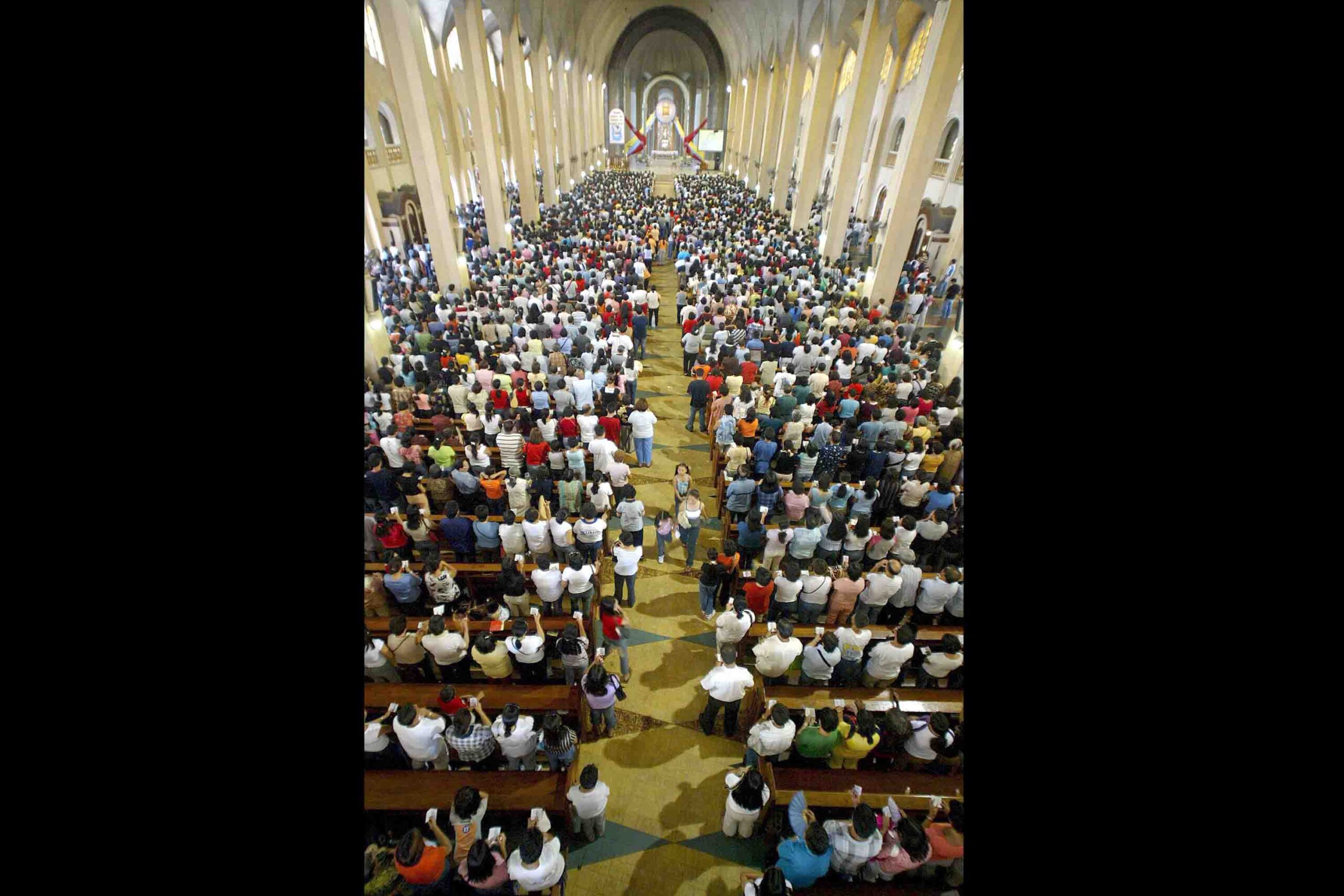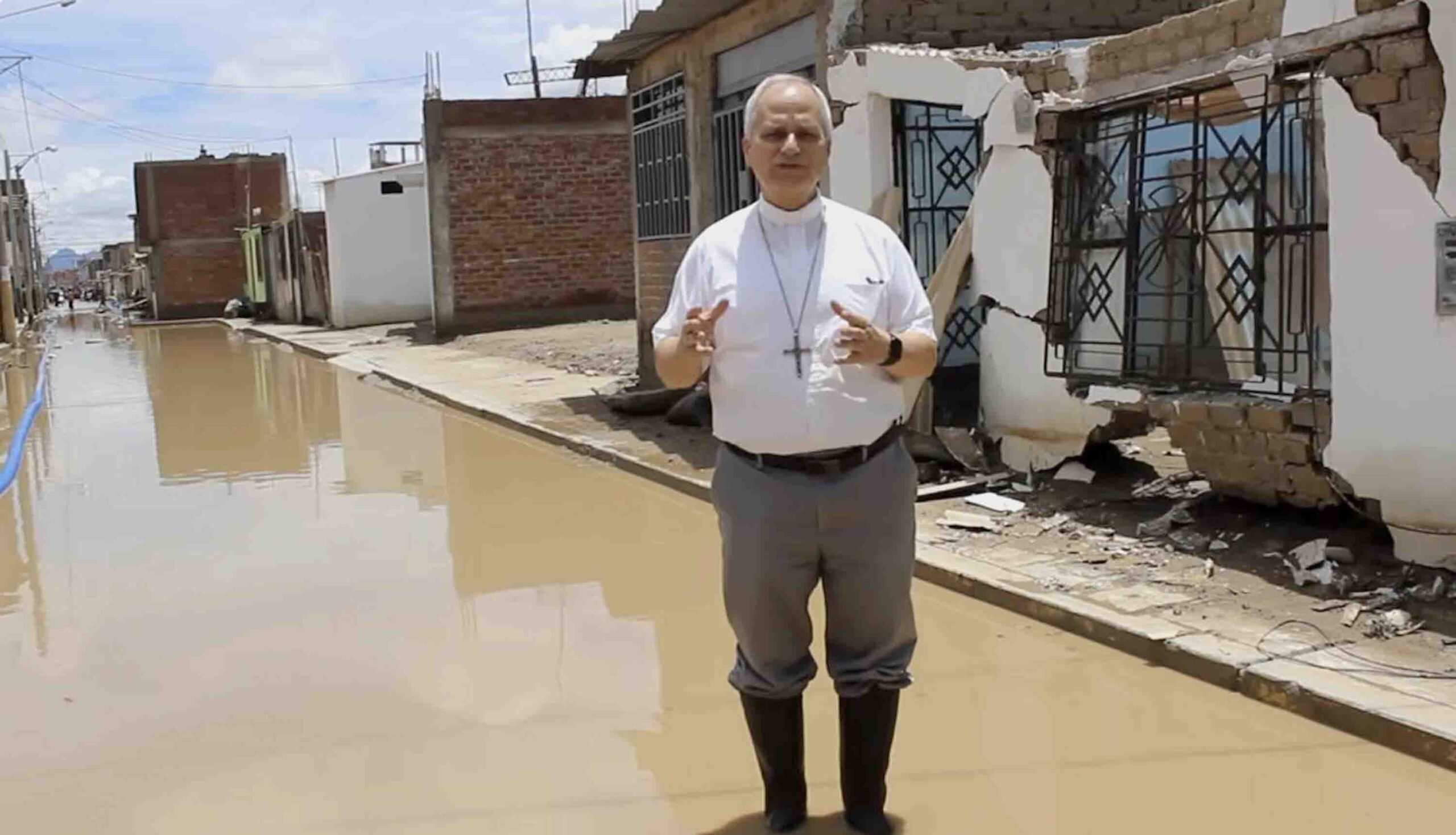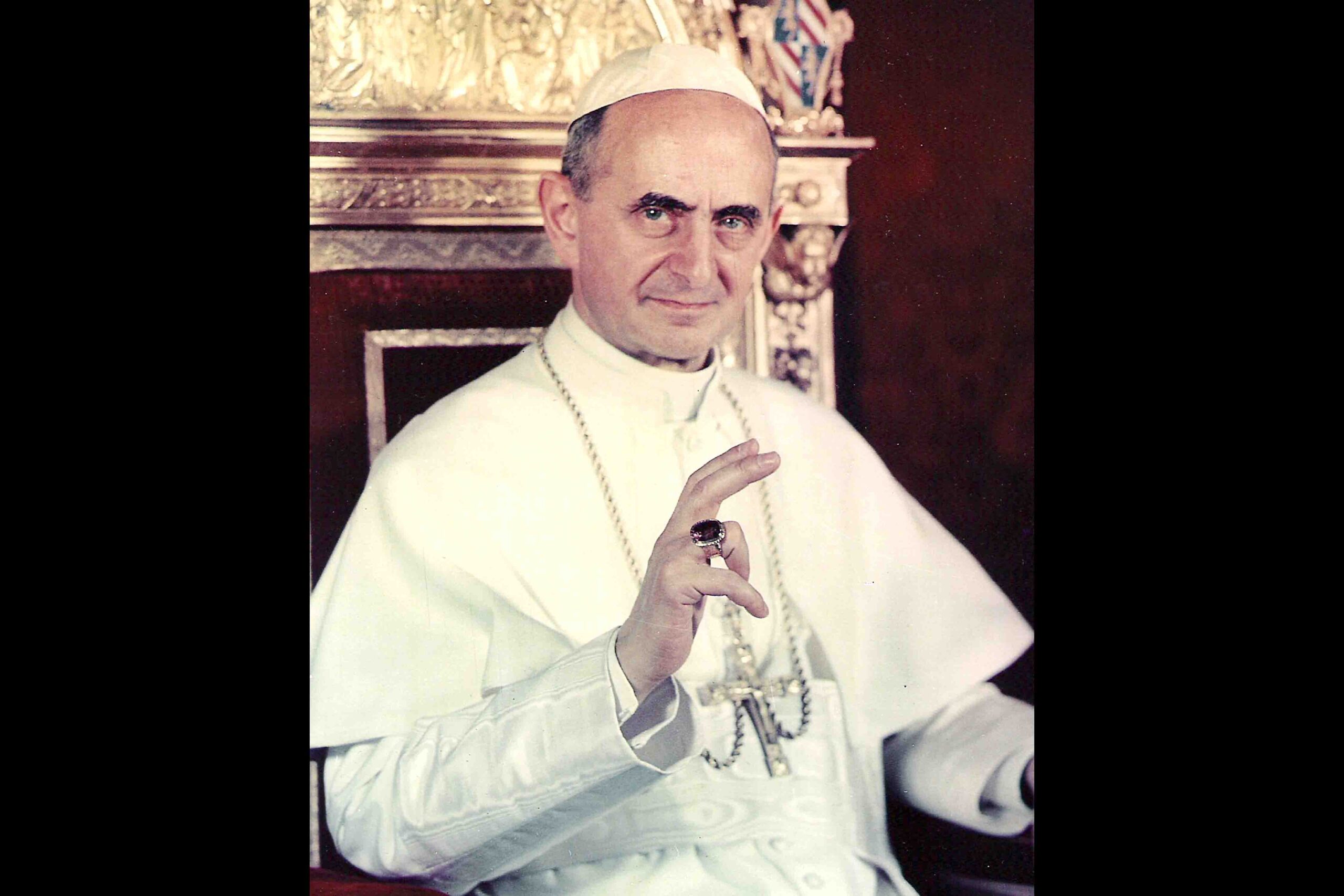The Second Vatican Council (1962-1965) describes the liturgy as the “source and summit” (the origin and goal) of the Church’s life; the Eucharist draws the faithful “into the compelling love of Christ and sets them on fire” (SC, 10).
A pivotal principle of liturgical renewal is that the Church “earnestly desires that all the faithful be led to full, conscious, and active participation in liturgical celebrations.” For Catholics this is “their right and duty by reason of their baptism” (SC, 14). Interestingly, the Second Vatican Council did not issue a specific document on the Eucharist but considered many Eucharistic themes throughout its sixteen documents. Truly, the Council documents have an “intertextual character” and an “interdisciplinary approach” to the liturgy.
Council Insights. Lumen Gentium (LG), the Council document on the Church, boldly states that “the Eucharistic sacrifice is the source and summit of the Christian life” (LG, 11). The priesthood document reiterates the same message: “The Eucharistic sacrifice is the root and center of the whole life of the priest” (PO, 14).
The laity document asserts that charity, the soul of the apostolate, is nourished in the lay faithful through the sacraments, “especially the most holy Eucharist” (AA, 3). Bishops have the duty of instructing the faithful so they will “know and live the paschal mystery more deeply through the Eucharist” (CD, 15).
Solid Foundations. Two important, interrelated renewal movements were spreading throughout the Church surface in the Council: the liturgical and biblical initiatives. On these vast areas, serious scholarly work was being done, both in theological and pastoral circles. One may validly assert that these movements are at the foundations of the Council itself; they help give rise to the aggiornamento vision of Pope John XXIII.
In his apostolic letter Desiderio Desideravi [DD] (June 29, 2022) [On the Liturgical Formation of the People of God], Pope Francis noted: “We owe to the Council–and the liturgical movement that preceded it–the rediscovery of a theological understanding of the liturgy and its importance in the life of the Church” (DD, 16). The Pope also affirms that the texts of the Council “cannot be separated one from the other” (DD, 29). In an integrated way, they all promote authentic, genuine renewal and reform.
Trajectory within Vatican II. The preparatory commission on the liturgy document included a variety of experts from diverse backgrounds as well as pastoral leaders from nineteen nations around the world. By the time the schema reached the council floor, it had been revised several times, chapter by chapter, over a period of four months. Truly, no sentence was unexamined; no line of Scripture was arbitrarily selected; no efforts were spared to produce a solid document.
The council debate extended from October 22 until November 13, 1962, during which 325 council fathers spoke. On November 14, 1962, only one month after the Council began, the schema on the liturgy was overwhelmingly approved in principle. Then, about a year later, the final document was approved by a vote of 2,147 to 4; it was formally promulgated by Pope Paul VI on December 4, 1963, the first document of the Council.
Pathways of Renewal. Various avenues of reform can be identified. First, the liturgy document makes it eminently clear that the Church is the whole People of God; thus, everyone (not only the clergy) is called to actively participate in the liturgical rites in an active, conscious, and informed manner. Second, it becomes clear that for all Christians the basic and essential sacrament of ministry is “baptism-linked-to-confirmation.”
A third pathway of renewal is the recognition that local parishes and dioceses are a full expression of the Church. Thus, the use of local customs, languages and cultural adaptations are appropriate. A final avenue of reform is the emphasis on the centrality of Scripture in all liturgy. We now rejoice to have a full three-year cycle of Sunday readings and a two-year cycle for weekdays.
Papal Affirmation. It was determined that the reformed liturgy was to be inaugurated on March 7, 1965, the first Sunday of Lent. On this date, Pope Paul VI solemnly celebrated the Eucharist in Italian in Saint Peter’s Basilica in Rome. Local language liturgies around the world became standard practice.
Pope Francis is a true “centrist” Vatican II pope. He continues to give liturgical reform a central place when speaking about the Council. For example, when addressing the members of the Worship Dicastery (February 8, 2024), Francis noted: “It is a task of spiritual, pastoral, ecumenical and missionary renewal … to make the Christian life of the faithful grow more and more every day.” We all receive Francis’ words as a personal challenge.
James H. Kroeger, MM, served in Asia for over five decades; recently he authored “Walking with Pope Francis”; “The Official Documents in Everyday Language” (Paulines, Manila – 2023) and “A Joyful Journey with Pope Francis” (Claretians, Manila – 2024).



